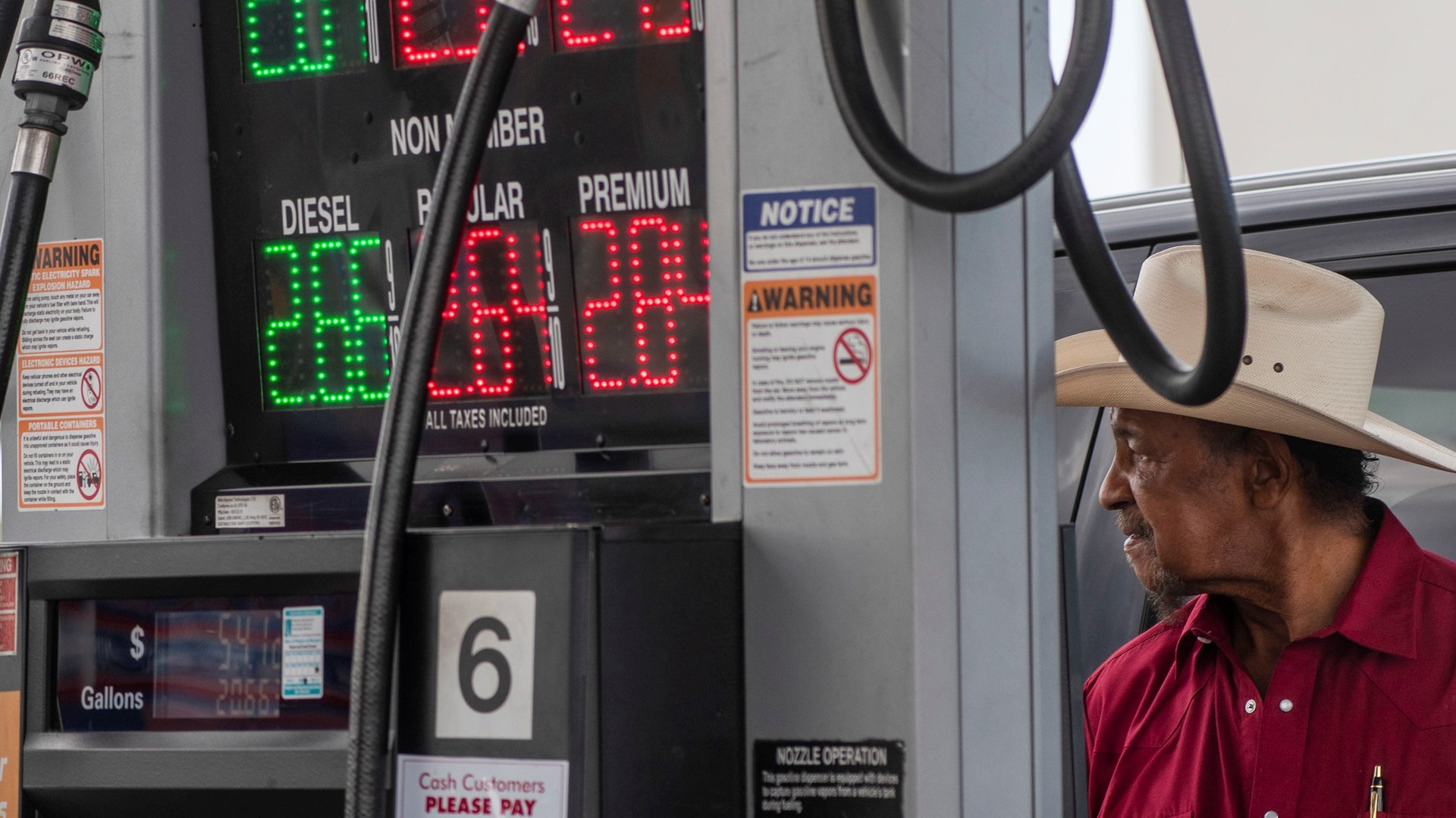The US does not have a gas shortage
The largest gasoline pipeline on the US east coast remained closed on May 12, after a May 8 cyberattack on its owner, Colonial Pipeline. As the closure drags on, concern over a potential regional fuel shortage is mounting. American Airlines added refueling stops to two long-distance flights out of Charlotte, North Carolina, and drivers across the region found a growing number of gas stations out of stock, and rising prices in places that still have supply.


The largest gasoline pipeline on the US east coast remained closed on May 12, after a May 8 cyberattack on its owner, Colonial Pipeline. As the closure drags on, concern over a potential regional fuel shortage is mounting. American Airlines added refueling stops to two long-distance flights out of Charlotte, North Carolina, and drivers across the region found a growing number of gas stations out of stock, and rising prices in places that still have supply.
In a press conference May 11, US energy secretary Jennifer Granholm said the pipeline is expected to be operational by the weekend, and that Colonial will announce a definitive timeline by the end of May 12. In the meantime, Granholm’s department and the Environmental Protection Agency have issued temporary waivers of federal restrictions on interstate gasoline tanker trucks, which should facilitate the flow of fuel from refineries in the Gulf Coast to gas stations further north. The Department of Homeland Security is also considering waiving the Jones Act, which requires marine vessels moving between US ports to be US-flagged and crewed; that would free up foreign charter tankers to help move fuel.
The pandemic left plenty of gas in reserve
But in the meantime, Granholm warned, drivers across the region are “hoarding” gas. According to GasBuddy, an analytics firm that monitors gas prices and supply, gas demand is 35% higher this week than the previous week in PADD 1, the oil distribution region that covers all of the east coast. Panic-buying poses a greater threat to gas availability than the pipeline closure itself, said Fernando Valle, a senior energy analyst with Bloomberg Intelligence. Gas demand is only just beginning to recover from the pandemic, and distributers had already begun stockpiling gas in advance of the high-demand summer season, so the existing inventory of gas is already fairly high. In other words, the problem for the next few days is distribution, not a real underlying shortage.
“There isn’t a supply problem,” Valle said. “Actually, because of the pandemic there’s a lot of supply. And because the outage is less than a week, this is nothing that should be dangerous to consumers at the end of the day.”
Price increases, meanwhile, are more a product of longer-term post-pandemic demand growth, and record-high prices for corn-based ethanol, which is added to most US gas, than a reaction to the pipeline closure, he said. The situation is very different from, say, the aftermath of 2017’s Hurricane Harvey, which knocked out refineries around the US Gulf Coast for weeks and led to prolonged shortages and price spikes. So if the pipeline does reopen by the weekend, drivers should expect to see local shortages ease within days—especially in the area around the New York City harbor, which is a major gas hub. Gas prices shouldn’t drop much, though.